Greater Celandine. (Chelionium majus). For the health of the garden.
30 Nov, 2022,
No comments
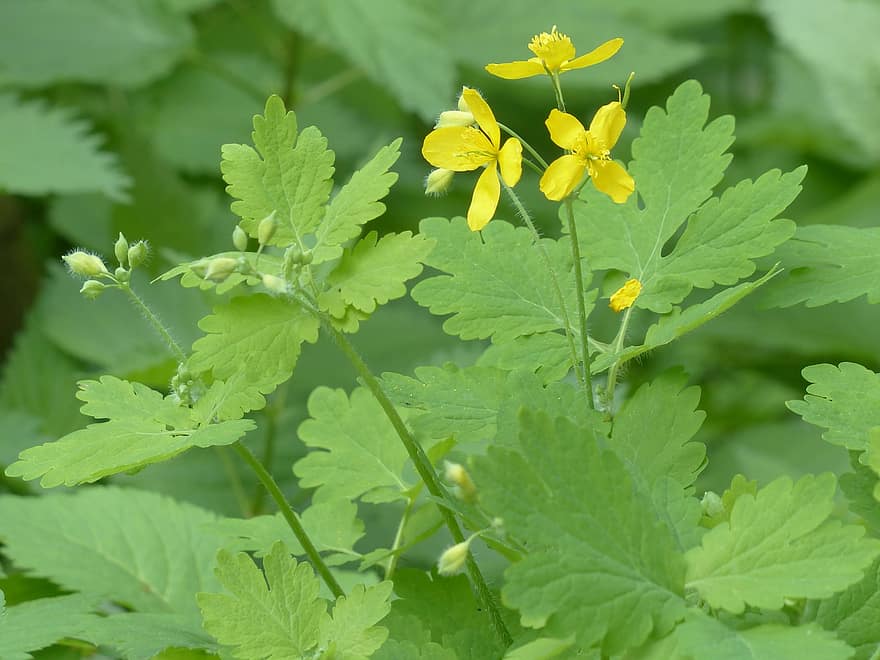
Perennial lactose, with yellow milk juice. Widespread. A herb in both a home kit and a garden. The plant is poisonous!
The garden is used as both fungicide and insecticide.
Extract - 1 kg of strudel leaves and roots harvested at the beginning of flowering are cut, poured with 10 L of cold water and allowed to draw in for 2 days.
Use - Expand extract, add 1 teaspoon of iodine. This extract combats tomato phytoflora by repeating the process 10 days later. No added iodine, this is a good remedy for fogging against mildew, pests, aphids, strokes, cabbage whites, and other larvae.
Hemp (Canabis sativa) for the health of the garden.
30 Nov, 2022,
No comments
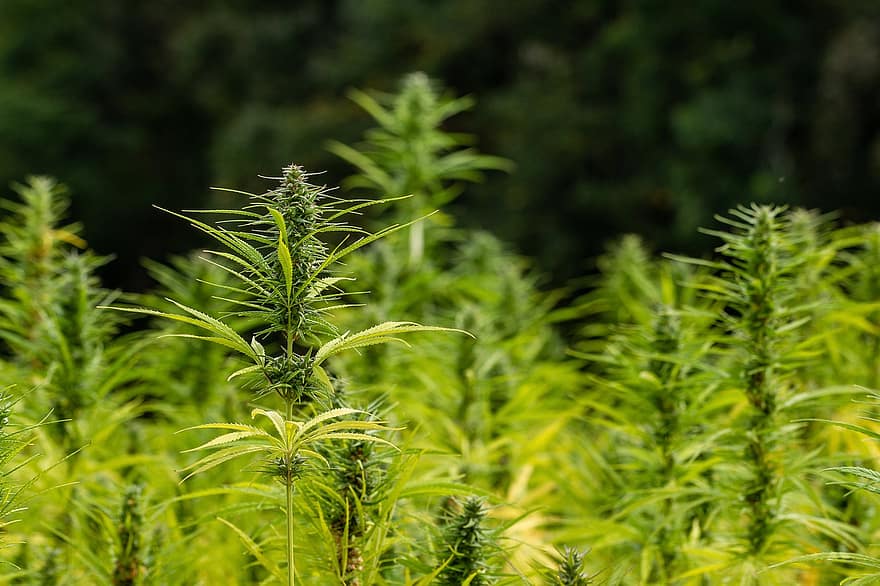
The strong aroma of cannabis disorients the pest, so it's worth giving it space in different parts of the garden, especially the orchard.
When hemp slotins are heated in fruit trees, fruit damage is significantly reduced.
Repulses Colorado beetles in potato plantations.
Common Marigold (Callendula officinalis). For the health of the garden.
30 Nov, 2022,
No comments
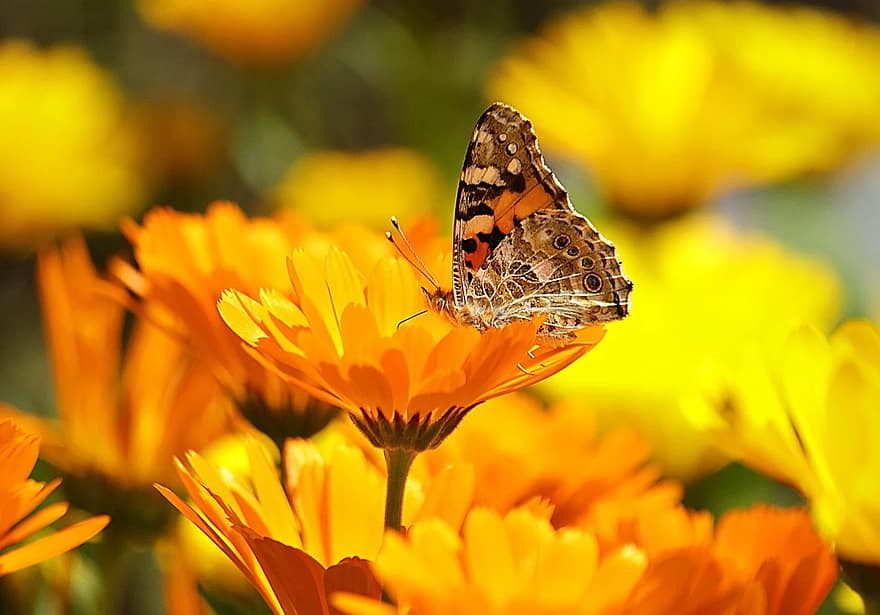
A well-known healing plant, with beautiful orange flowers. But the rockie is also a great assistant.
Cligger is a universal remedy against all garden pests, repelling insects, nematodes, reviving soil.
The pretzels can be sown directly into the soil and once they have grown fresh in an Ieraga place.
Extract - crush 1 kg fresh lacquer, pour over 10 L of water, allow to draw in for 3-4 days.
Use - the extract is lowered, misty against aphids, larvae, mites, nematodes, dressing gowns, mushrooms of the genus Fusarium.
Infusions - 200 Gr. of varnish sauce in water for 48 hours, filter out.
Use - the infusions are diluted with 10 L water, used for fogging against suction-type pest control.
Brown mustard (Brasiica juncea). For the health of garden.
30 Nov, 2022,
No comments
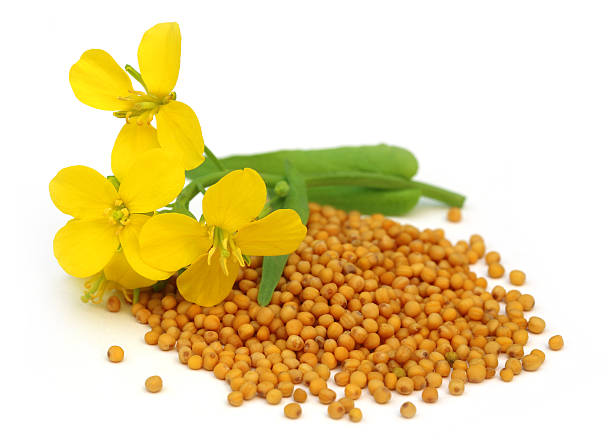
Annual plant that has also gradually entered Europe, although the country of origin is Asia. Is often found along the edges of the railway,
Nectar.
Extract - 10 L water injects 100 Gr mustard powder, stops for a few days.
Use - dilute the extract with cold water 1:1. use against sawwasps and apple winder.
Mugwort ( Artemisia vulgaris) for health of the garden.
30 Nov, 2022,
No comments

Mugmort is a perennial plant that is more veritable as a wild plant and weed, but it also has medicinal properties.
Extract - half a bucket of chopped plant circles with 10 L of cold water, allow to draw in for 24 hours, then simmer in a bowl of lid for 30 min.
Use - fog versus leaf winders.
Boil - pour half a bucket of crushed plants with water, hold for 24 hours, then dilute with water 1:1.
Use - fogging to fight the leaf winder.
Estragon (Artremisia dracunculus) for garden health.
30 Nov, 2022,
No comments
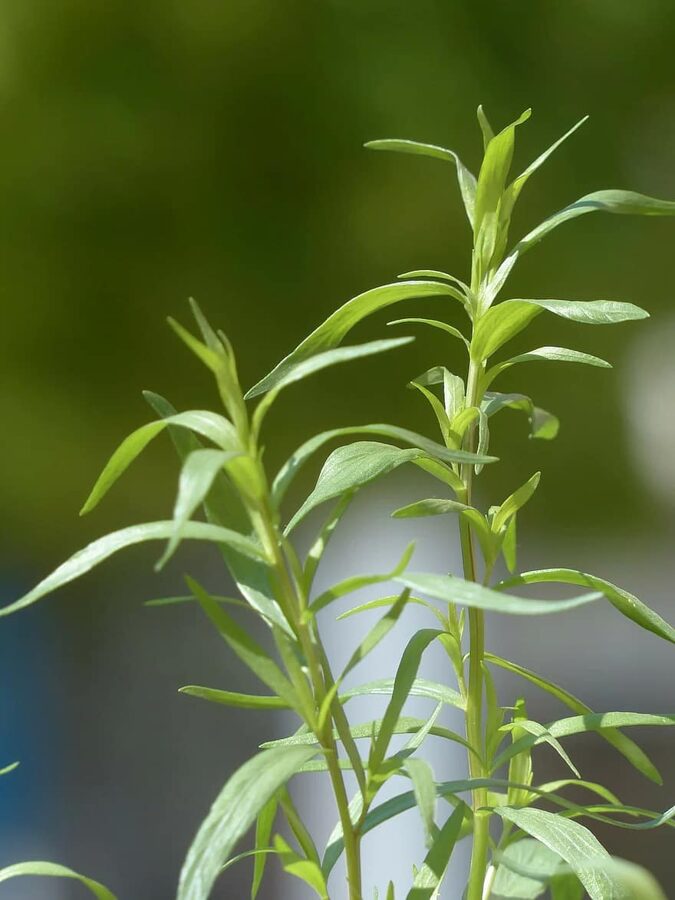
We know the estragon more as a fantastic herb, but it's also worth pampering garden plants with.
The estragon is worth planting in intercarrots, as well as a cluster of some in different garden areas, as the etragon repulses the carrot fly and promotes the growth and development of other plants.
Vermell (Artemisia absinthum) for garden health.
30 Nov, 2022,
No comments
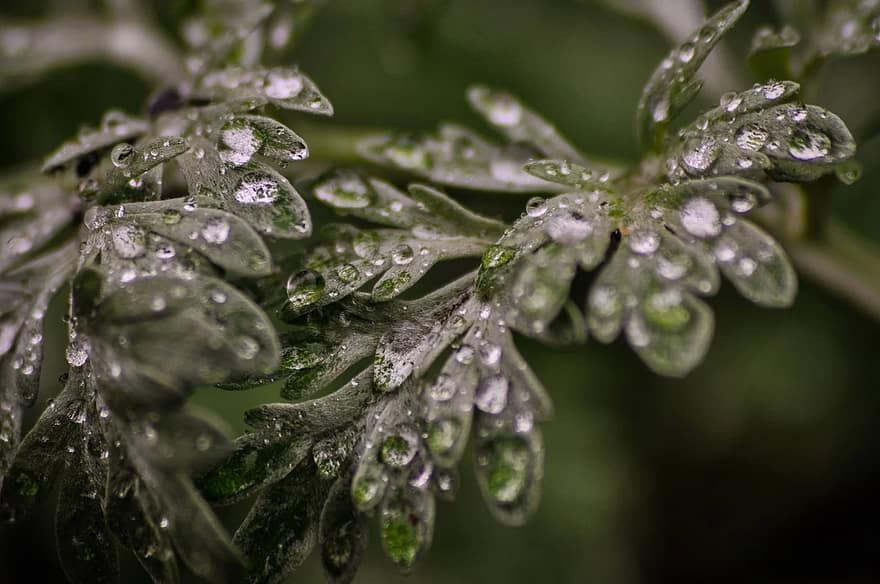
The vermel is a decorative and aromatic lactose that, although rare, is found in the wild. Grow well on dry, well drained soils.
Used - as insecticide in mixed crop plantations. When grown near currants, they suffer less from rust, bundles of spindles hanging in apple trees, repelling apple winder.
Extract - sprinkle a half-bucket of chopped vermin or 0.8 kg of dried plants with 10 L of woven water, allow to draw in for 24 hours, then simmer for 30 mins.
Use - a chilled slate is used to winkle against cabbage whitewash, cabbage flies, apple trees and other plants.
Boil - 1 kg fresh, chopped tornadoes adding 10 L water, cook for 15 mins, cool and filter. Add 50 gr of potassium soap.
Used to combat winders and larvae on plant leaves.
Infusions - tornadoes and pine shoots, half-poured with boiling water in half with green mass, Kept in a closed container for 24 hours. Filter out.
Use - the concentrate is diluted 1:5 with water, used to control the inks and larvae on plant leaves by fogging.
Extract - 800 gr dried tornadoes, or half a bucket fresh, pour over with 10 L of water hold for one day, then cook for 30 mins by putting the lid on.
Use - Intelligent is used to blur against ticks, larvae, aphids, leaf winders, ants.
Infusions - pour 400 gr of green or 700 gr of dried plants with 10 L of water. Hold for 24 hours.
Use - the infusions are filtered, another 10 L of water is poured, used to combat fog beetles in fogging.
Dille (Anethum graveolens) for garden health.
30 Nov, 2022,
No comments
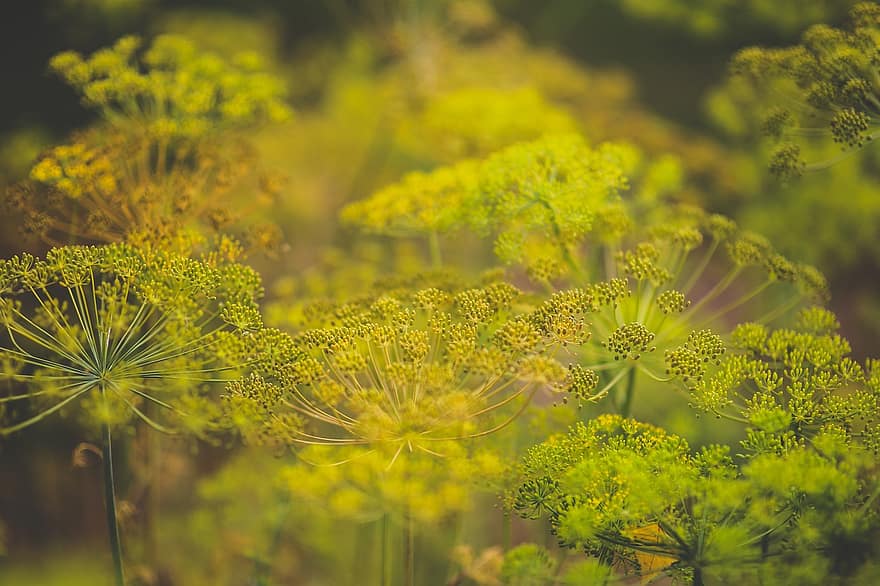
Dille has become an independent resident in virtually every garden. But without lettuce, it's used not only to help people, but to help the garden.
The dill has a beneficial effect on the growth and development of cucumbers, tomatoes, onions, carrots, lettuce, cabbage.
It's often worth settling the dill all over the garden, as multi-pests don't like the smell of dill, while dressing the dill next to cabbage will discourage the cabbage whitewash.
Grey Alder ( Alnus incana) dārza veselībai.
30 Nov, 2022,
No comments

Grey alder
Baltalksnis ( Alnus incana) dārza veselībai.
is a medium-sized birch tree. The little appreciated is the therapeutic and antiseptic value of this tree.Evacuation - 1 kg. dried leaf, pour with 3 L boiling water, allow to draw into a closed container for 2-3 days.
Use - the vicissitudes are lowered, ingested with 10 litres of water, used fog or lurked against aphids, lapbeetles, larvae, and other pests.
Garlic (Alium sativum) for garden health.
30 Nov, 2022,
No comments
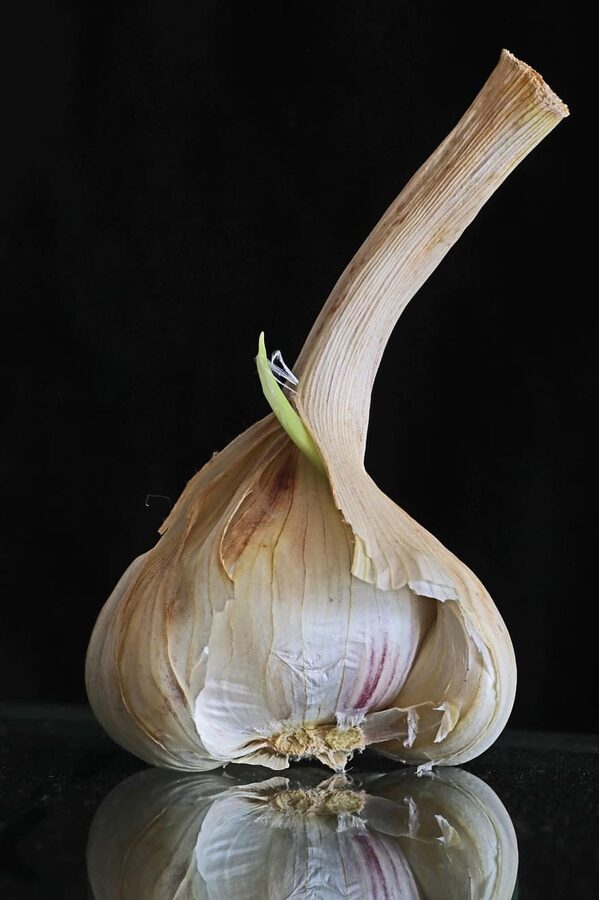
Great plant and assistant in insecticide control in the garden, especially if you need to pamper and help strawberries, raspberries, roses, beetroot, leafy lettuce, tomatoes, and other crops in the garden.
In crop beds, garlic repulses insects and limits the spread of diseases, such as plants and seedlings damaged by snails and groundcrayfish, can plant garlic around.
Planting garlic among berry bushes will help you cope with currant and blackcurrant buds tick.
Planting garlic between potatoes repulses the Colorado Beetle.
Planting with strawberries reduces grey rot.
Extract - the garlic of 750 grams is ground in a mincer, topped with 2.5 litres of water. Let it take a couple of hours, come down, put it in glass jars. Sprinkle the thicknesses a second time with the same amount of water, let them drag in for a few days. When you're ready to put the Apus liquids together.
Use - the extract is used one glass per 10 L of water, fogs against aphids, greenhouse white fleabag, blackcurrant buds mites, raspberry smelter.
Ripple - 500 gr garlic is crushed, topped with 3 L of water, allowed to draw in for 3-5 days in a closed bowl, a dark, warm place.
Usage - the vicum is lowered. Dilute 1 glass per 10 L of water. Fog against aphids, rettices, strawberry mite, lapbeats, the processing is repeated every five days.
Infusions - 0.5 kg of lobes are crushed into a pestle or ground, it is important to do so quickly so that fungicides do not taste. Pour with 3.5 water., rinse, drain, add a little water again, press.
Use - 300 ml of liquid ingot with 10 L of water. When mist is used against jab-sucking insects, plant immunity is strengthened.
Onion (Allium fried) for garden health.
30 Nov, 2022,
No comments
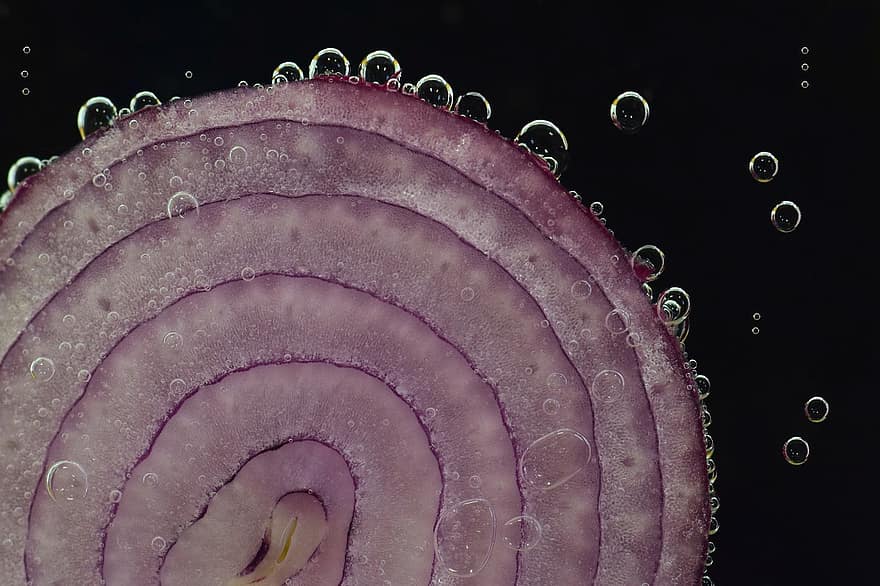
Onion preparates are used to treat and promote the health of puccal agents, GU shrubs.
Extract - 200 gr crushed onion peel, or pour 10 L of water over the onion, set in a closed container for less than a day.
Use - for blurring against greenhouse Blusina, aphids and rettices.
Extract - pour 1 L of warm water over the bark of 20 g onion, allow to draw into a closed container for 3-4 days,
Use - the working fluid is prepared by dilution with water 1:2.
Use - for migration against aphids and rettices.
Infusions - 200 grams of onion or bark is crushed, poured with 10 L of water, soaked for 12 hours in a closed bowl, the infusions can be used immediately after preparation.
Use - used for spraying against retina mites. the spraying is repeated 2 times every 5 days.
Extract - Onion peel 200 Gr, pour over with warm water for 10 L. Soak for 4-5 days.
Use - the concentrate is diluted 1:2, used to control suction pests.
Extract - three handfuls of onion peel, pour over 1 litre of hot water, allow to draw in for 3 days.
Use - dislodge and blur plants with extracted extract every 4 days against the aphids.
Molasses for garden health.
30 Nov, 2022,
No comments

Molasses (Achillea millefolium), a common plant that has remained a bit unappreciated.
Pelaqqi can perfectly be used in the garden instead of insecticides and other chemies. However, it should be noted that any products of plant and natural origin are weaker than chemicals, and it is therefore worth using them in a preventive and timely manner rather than when the problem has already enlarged.
Pearls can be planted peacefully at the edges of the garden, first they will always be readily available, secondly, by their presence the health of the orchard, encouraging the cultivation of Danish and other plants, then sometimes the pearls of someone
Pellet extract - 2.5 kg fresh, or 0.8 kg dried pellet, which has been chopped, is poured with 10 L of hot water and heated on fire in a 30 mins closed bowl. Cool.
Application - for fogging against aphids, strokes, rettices and larvae.
Extract - 2 - 3 kg fresh or 1 kg of dried petals is poured with water and laid for 2 days. Then boil the stand for 30 mins. Cool. Dilute everything with 10 L of water and leave to stand for a couple of days. Come down.
Application - for fogging against aphids.
The boil - 2.5 kg fresh, or 0.8 kg dried pellet, pour with 10 L boiling water, sauté in a pot for 40 mins, then allow to soak the boil for 2 days, filter, dilute with 10 L water, add 50 g potassium soap.
Application - for fogging against aphids, strokes, Blusins, mites, and fallopian larvae.
30 Nov, 2022,
No comments
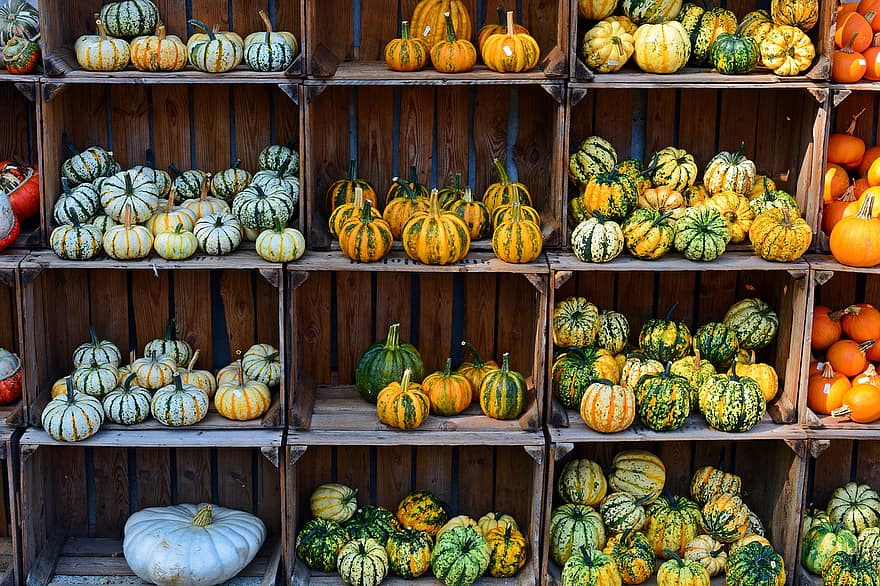
Pumpkin has taken a steady place in every garden over many years, and it seems you can sow and forget about him, but if you want a good crop, big pumpkins, it's worth paying a little attention to it.
Given the size of the pumpkin plant, it's worth predicting a special spot for it. It can become a great decor in any garden, covering some ugly places. Pumpkin loves compost a lot, so it's worth paddling about the pumpkin's growth site the year before, where you can pour the mown grass into your planned planting site.
While growing up, pumpkins love weed slurry, sunny space and proportional humidity.
The pumpkin needs to be roasted if the long grass needs to be trimmed a little so that the big leaves get the upper hand over the grass, and then the limp pumpkin can just be itself.
In hot weather, pumpkin leaves tend to wilt, then they need to be roughed up or sprayed with calcium nitrate liquid until the leaves are wilted. The ratio is 100 gr per 10l.
For the pumpkins to mature better on the field, varieties that grow spinning and form a large green mass are worth limiting growth to mature the fruit. Mature fruit is stored much better and longer. Small libs are allowed to form up to 8 libs per plant, 4 to 5 fruits for large-fruit libs respectively. Then, once they've made the First 5 leaves, the tip is worth cutting off so that side shoots form, on which pumpkin will throw much better.
If there is a desire to grow pumpkin seeds for themselves, it's worth remembering that pumpkins flower very easily. So before the flowers have opened, they are bound with thread or gauze so that bees do not enter the flowers. Pollinate in your own hand, then bind the flower again. It is removed only when the Auglite has already thrown away.
If there is a desire to grow a pumpkin, you have to grow it from a Stadina. Auglites, you have to be allowed to grow up, and then you leave just the biggest one.
Pumpkins are stored in lOK ventilated areas or boxes with gaps, in any case ventilation plays a big part. Blowing caps for the pumpkin already occur in the field. This can be changed by using microbiological agents during cultivation.
In a hot summer, if the pumpkin lacks moisture, there is no thick rind and a crippling fruit and a lack of sweetness.
Watermelons. Cultivating.
30 Nov, 2022,
No comments

Watermelon is a super-berry in any garden. Delicious, juicy and just cool.
Watermelons are best grown from plants that are relatively simple to grow.
It's not worth rushing with sowing, best sowing from mid-April, in a rich peat substrate. It's better to sow in a larger pot at once, so you don't have to replant the plant. Watermelons, like cucumbers, are ill tolerated for root injury by relegation.
The volumes shall be transferred with film and placed at a temperature of 22 to 24 degrees. Lides should be followed so that large dew droplets do not form on the film during germination, as this indicates excessive heat. Once a day, the Seklina is fanned.
As soon, sprouts appear to remove the film.
Light matters. If the seedling grows in the room, it's important to put them in a cooler place, or the seedlings will strain in the heat.
The planters are sprayed with a sprayer, wattering the plant wet but not too wet.
One plant shall be planted per square metre, the land shall be fertile.
The choice of variety depends on taste, but there is an important growing season. Nordic varieties with a vegetation life of more than one hundred days will not be suitable.
Basil. Cultivation.
29 Nov, 2022,
No comments

Basil is one of the most popular and understandable spices known to almost anyone. The offer of basil in the market, both recycled and green, is vast, but what is optionally impossible is freshness and delight in the result of its work.
The basil of green varieties is softer, while the basil of red varieties is sharper.
Basil in cultivation can be as slightly capricious as cucumber in cultivation, which one gives up and the other no, but trying to grow it is worth it.
Basil can be sown under any seasonal conditions indoors, but it is best for the greenhouse and field to sow fear in March, when the days get longer... growing during the winter period will require additional enlightenment.
If it is planned to grow basil in a pot, it will be best to pick varieties of MAA-sized basil.
The safest thing to do is to grow basil from a planter instead of directly sowing it in a cavity, so that stable temperatures are important for basil in the germination process.
The seeds are sown in a box, drained in pots after sprouting. Seeds sprout at 25-30 degrees, sprouting in 3-5 days.
The germination is facilitated by light, so it is very important that the earth's thickness over the seeds is very thin.
Basil has liked to grow at 20-25 degrees.
In order to form a upland bush, the basil must be sumptuous or it will bloom.
Varieties with red leaves grow slower than green varieties.
Basilica is in dire need of fertiliser containing phosphorus and potassium, which respectively contributes to the accumulation of essential oils in the leaves.
Aubergines. Sowing.
29 Nov, 2022,
No comments

Aubergines are among those plants to be sown is augre from the second half of February, if the seeds have existed on the shelf for a year then sowing is worth starting earlier as the seeds reduce their germination capacity with each year. New seeds tend to sprout in 10 days.
Aubergines need to be sown in an enriched rather than subsistence peat substrate, adding a bit of ash.
Aubergines are heat-demanding, requiring a high temperature of 25 degrees. One of the most common mistakes is seeded aubergines on the windowsill, where temperatures are usually low. At radiators, however, temperatures may be too high. The easiest thing next door is to put a thermometer down to control a self-contained temperature during sprouting.
As the seeds sprout, it's worth using a sprayer to sprinkle so you don't traumatise the new Stadina and put it in that sunny spot. If there is no light available on the southern river, additional lighting will be required for the plants to grow healthily.
Easy fertilisation will only be required a couple of times during plant growth, but irrigation will have to be ensured on a regular basis, as the aclagens are moisture demanding. On the other hand, when the plant is displayed in an independent location, regular fertilisation and watering will be required.
Ashes for the garden.
29 Nov, 2022,
No comments

Wood ash contains trace elements much needed for gardens health - sulphur, magnesium, iron, phosphorus, potassium and calcium.
Aphidtree ash is more valuable than coniferous ash, however it is not the ideal fertiliser due to the lack of nitrogen.
Ash helps to balance PH levels in soil, which contributes to crop growth.
Ashes can also be fermented during the growth process, but must not be poured on plants, leaves can burn.
Careful consideration should be given to who really needs the ashes, as each crop has its own PH requirements. Potatoes, radishes, blackcurrants, rhododendrons, shrub melon, hortensia, for example, are more good for acidic soil in which these plants absorb nutrients more easily than alkaline.
The proportions are 1 glass of ash per square meter of ground. In heavy soils, ash is introduced in autumn, while in peaty and sandy soils it is better to incorporate ash into the soil in spring.
Before planting onions, if ash is mixed with earth, then onions are protected from onion fly attack.
by funnelling ash into a compost heap helps deal with unwanted pests, and bacteria.
Liming of the greenhouse.
29 Nov, 2022,
No comments
Liming the greenhouse is a very important process to enjoy a great harvest next year and create a healthy climate in the greenhouse. If, due to lack of time, it has not been possible to lime the greenhouse in autumn, it can be done peacefully in spring, two weeks before planting tomatoes,
For tomatoes to grow well, it's important to stick to PH levels in soil, which would have to be 6.3 to 6.5.
Dolomite flour contains more magnesium, cat stone flour calcium, so it's worth choosing the material that's missing, both shouldn't beused at the same time. It's worth remembering that manure doesn't have as much as calcium.
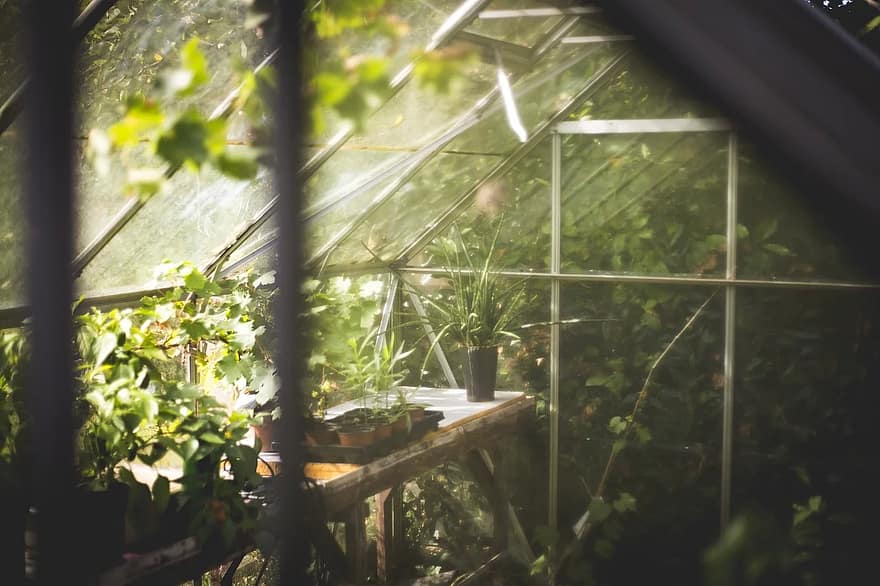
Blackcurrant. Diseases.
29 Nov, 2022,
No comments
Blackcurrant cup rust.
(initiator Puccinia ribesii-caricis)
- Signs of disease - leaves form, orange, swelling spots.
- Source of infection - infected seedlings, in proximity to blackcurrant seedlings, infected seedlings. Spread with wind, in humid and warm weather.
- Containment - infected leaves should be collected and destroyed.
Blackcurrant column rust.
(agent Cronartium ribicola)
- Signs of disease - orange spots on the top of the leaves, yellow and orange half-stems form at the bottom of the leaves.
- Source of infection - infected, unharvested leaves, infected near Weymouth pine.
- Containment - disposal of parts of infected plants.

